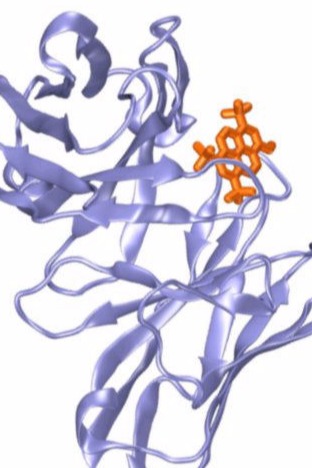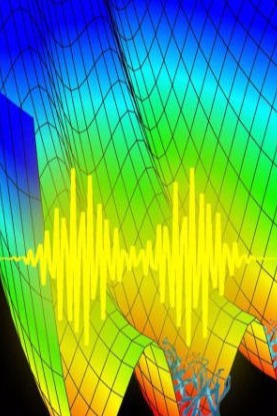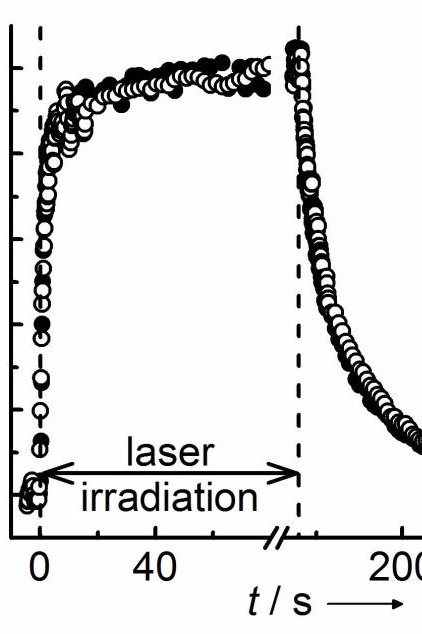
Molecular Immunology
Using femtosecond laser spectroscopy, we are characterizing antibodies at different stages of their maturation to examine how binding specificity is evolved, which is a question of fundamental importance in biology with implications e.g. for autoimmunity and the evolution of antibiotic resistance. Binding specificity is also an important parameter of antibody therapeutics, and we are developing high-throughput assays to improve the specificity of antibody-based drugs.
Selected Publications
* J. Zimmermann, E.L. Oakman, I.F. Thorpe, X. Shi, P. Abbyad, C.L. Brooks, S.G. Boxer, F.E. Romesberg: Antibody evolution constrains conformational heterogeneity by tailoring protein dynamics. Proc. Natl. Acad. Sci. USA 103 (2006), 13722-13727.
* J. Zimmermann, F.E. Romesberg, C.L. Brooks, I.F. Thorpe: Molecular Description of Flexibility in an Antibody Combining Site, J. Phys. Chem. B 114 (2010), 7359-7370.
* R. Adhikary, J. Zimmermann, R.L. Stanfield, I.A. Wilson, W.Yu, M. Oda, F.E. Romesberg: Structure and Dynamics of Stacking Interactions in an Antibody Binding Site, Biochemistry 58 (2019), 2987-2995.

